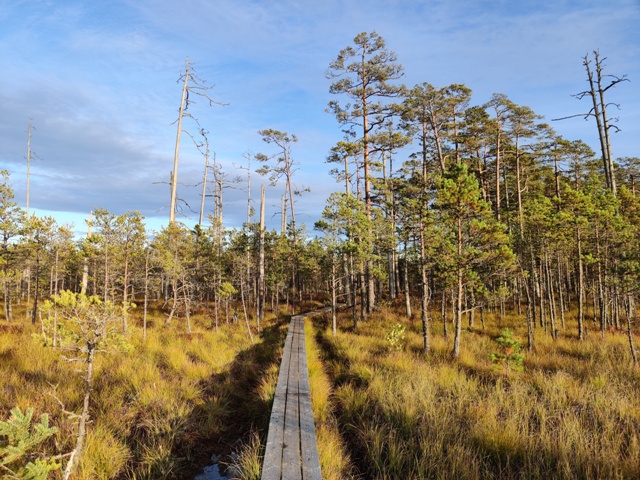The swamp is quiet, clean, uncrowded, and inviting. The vastness and timelessness of the bog call me back again and again. After I had dipped my toes in the peat column the last time, I have not been able to shake off this feeling of well-being. So one day I went and took a walk in the Laeva bog.
The Alam-Pedja Nature Reserve
is bordered by several rivers, gathers together marshy areas and forests, and helps to preserve them. It is strange that this area, located in the former Võrtsjärv basin, was still completely underwater after the last ice age, only a hundred centuries ago. The Laeva bog, together with the Selli-Sillaotsa study trail, is located in the Alam-Pedja Nature Reserve in Tartu County, Estonia.
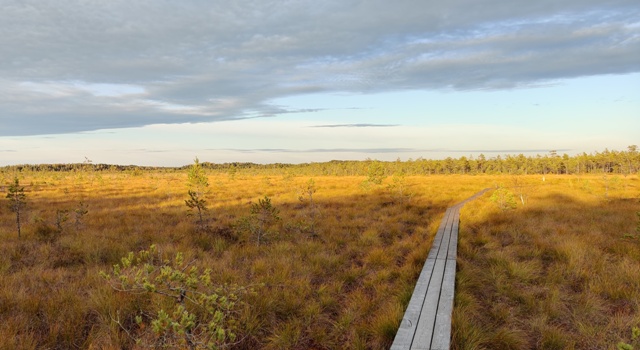
How to get there
To get there, turn off the Tartu–Tallinn highway at the Laeva crossroads, near the large advertisement for the Valio Laeva dairy, towards Palupõhja village. Keep left at the fork in the road so you don’t go straight to the dairy. From here, continue on a dusty gravel road for another seven kilometers.
Drive until you reach the first car park in Selli. The second car park, Sillaotsa, is then 1.2 kilometers away. You can also start hiking from there because the Laeva bog hiking trail is shaped like an arch.
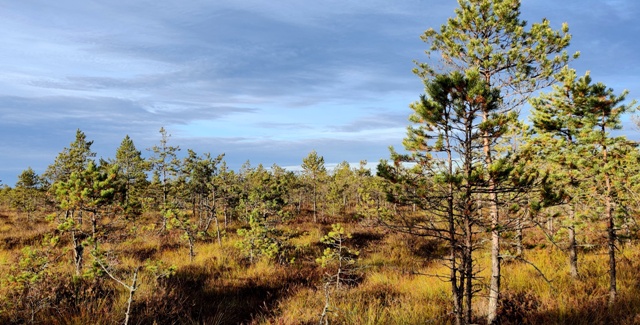
A cheerful smile on your lips and onto the observation tower
If you start your hike from Selli, like I did, you can eat blueberries in the forest in the summer. Then, hiking further, you will reach the Suuretüki observation tower on the bog’s edge. You can also climb the observation tower, take shelter from the rain, or take photos of the bog.
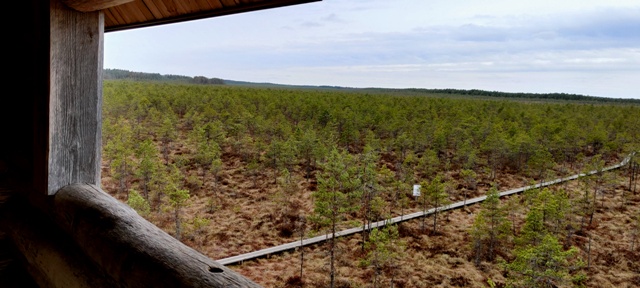
To the green carpet of the kingdom of peat moss
A boardwalk began at the bog’s edge, leading directly across the bog landscape in various shades of green. Between the short birches and bog pines, the fluffy bog carpet was decorated with heather and other bog plants.
While hiking, you could also see the information boards next to the path, introducing swamp life.
In the summer, marsh tea (or wild rosemary) drives passers-by crazy with its smell, and I don’t recommend picking it if you don’t want to wake up in the morning with a headache and a swollen face. Marsh tea is a small, unassuming plant, but with great power. The effect is already felt if you sit near it for a long time or pick blueberries and bog bilberries.
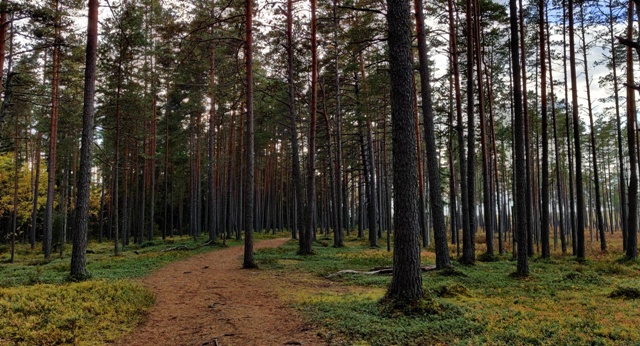
The swamp allows you to listen to the chirping of tiny birds and the cries of cranes
Primeval pine trees grow on a tiny swamp island. This is a good place to rest and watch the flight of loud cranes. So that you don’t get your toes muddy in the pine forest, the forest path was covered with fresh wood chips.

The last section of the trail runs on a gravel road, but you can also go back through the swamp
The hiking trail, which meandered for three and a half km through the swamp landscape and pine forest, finally reached the road, and to get from one car park to the other, you had to walk over a km on a gravel road. You would need to set aside at least one and a half to two hours for the journey, but it took me half a day because of all the stops. You can also go back the way you came, through the swamp.
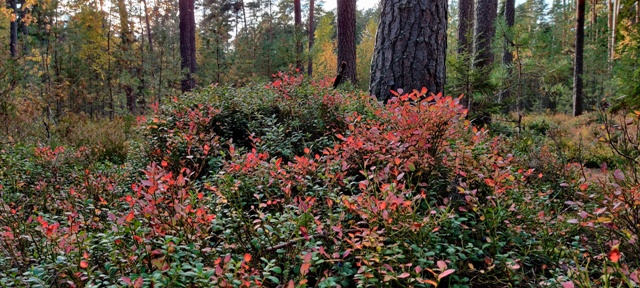
A swamp absorbs excessive emotions
In a swamp and a bog, you can realize what is really important and what is useless and meaningless. Like careless wanderers, in my opinion, a swamp also absorbs turbulent emotions. In a swamp, you can find peace and balance.
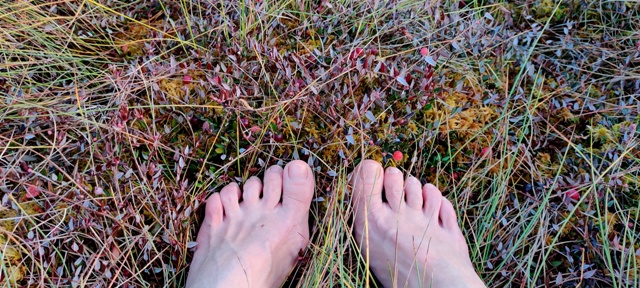
Before making major decisions or when you want more beautiful colors and sounds in your life, you can spend time admiring the swamp landscape. The silence can whisper unexpected answers to you.
How freely could you really breathe?
